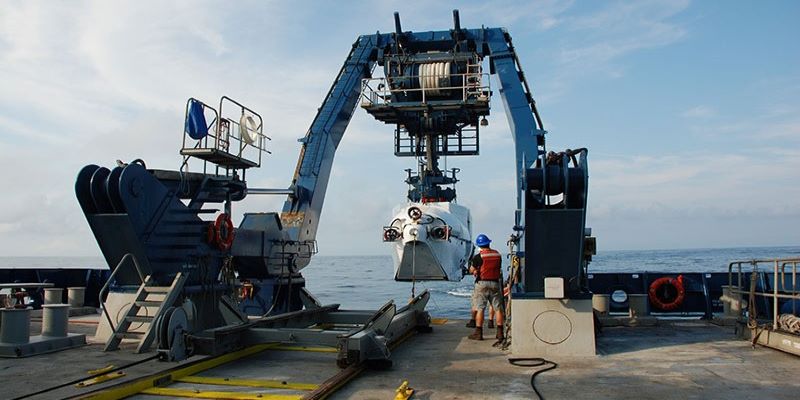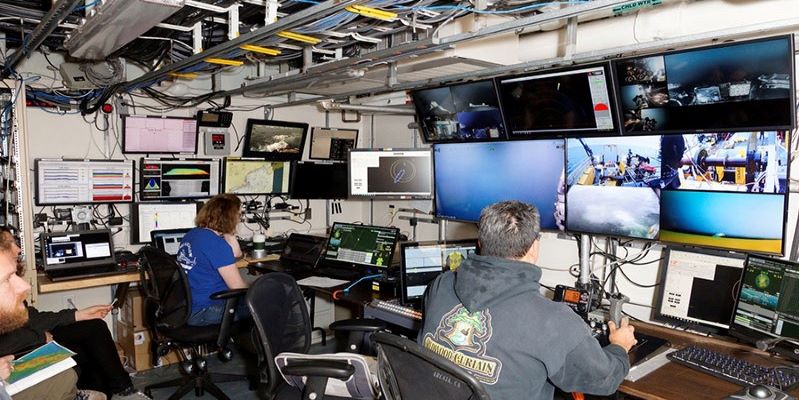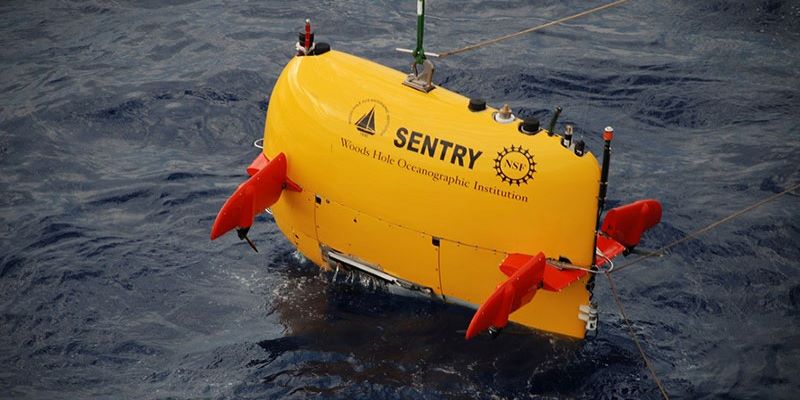Observation Platforms: Submersibles
The average depth of our ocean is over 3,600 meters (2.23 miles), and scientists require special equipment that is capable of visiting these regions of crushing pressures, extreme cold, and darkness. Over the last few decades, submersible technology has been developed and refined, allowing us to visualize, sample, and survey our planet’s deep-sea environments.
Submersibles are underwater robots that are deployed from the ship to the sea, where they record and collect information from the ocean’s water column and seafloor for scientific analysis. Three main types of submersibles have been used on recent NOAA Ocean Exploration-supported missions: human-occupied vehicles (HOVs), remotely operated vehicles (ROVs), and autonomous underwater vehicles (AUVs).
Human-occupied vehicles (HOVs) transport a small team of scientists and pilots directly to the seafloor for a limited amount of time. Similar to the other submersibles, HOVs are equipped with tools such as lights, cameras, sensors, manipulator arms, and collection instruments. However, HOVs are unique in their ability to bring scientist’s own eyes and knowledge as deep as thousands of meters underwater to explore, observe, collect samples, and conduct research first-hand.
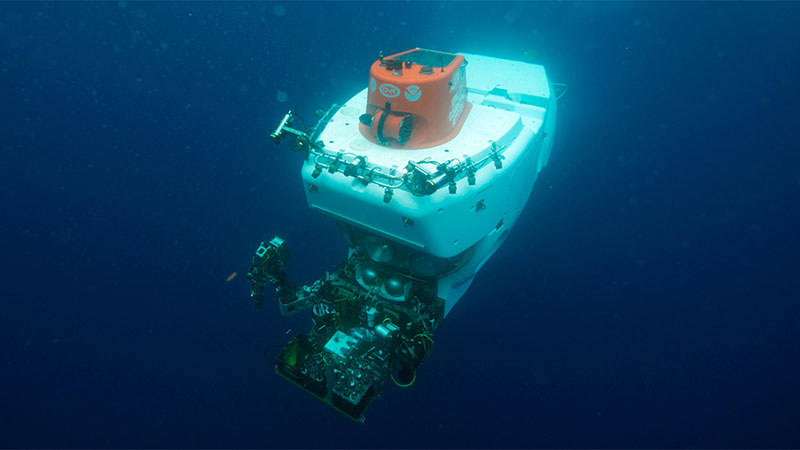
Alvin, which is operated by Woods Hole Oceanographic Institution, has been in operation since 1964. The human-occupied vehicle is capable of reaching depths of 4,500 meters, carrying two scientists and one pilot for each dive. Image courtesy of Luis Lamar, Woods Hole Oceanographic Institution. Download largest version (jpg, 488 KB).
Remotely operated vehicles (ROVs) are tethered underwater robots used for research, exploration, and imagery collection in the water column and on the seafloor. ROVs are tethered to the ship, allowing control signals to be sent and received directly between topside operators and the subsea vehicle. Many ROVs can also collect samples via a manipulator arm operated by a pilot; later analysis of these samples can reveal even more about the seafloor.
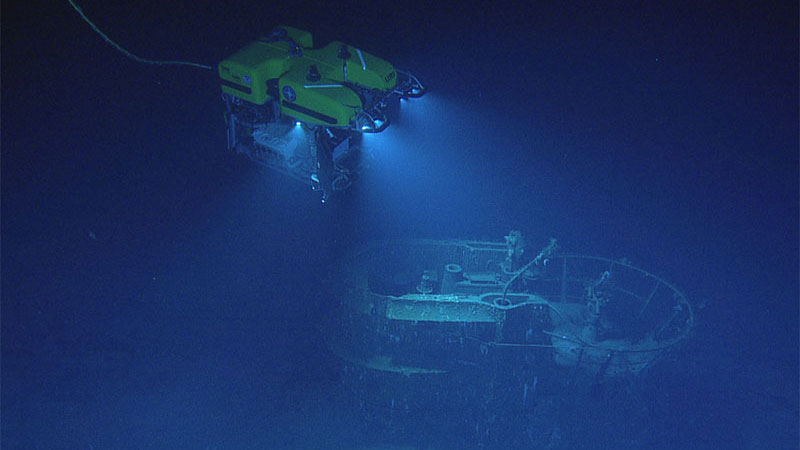
Tethered remotely operated vehicle Hercules examining the wreck of German submarine U-166 in the Gulf of America. Image courtesy of the Ocean Exploration Trust/Nautilus Live. Download largest version (jpg, 1.1 MB).
Autonomous underwater vehicles (AUVs) are pre-programmed robots that can drift, dive, or glide through the ocean without real-time control by human operators. AUVs collect high-resolution sensor data, which provides detailed information for researchers. Once deployed, AUVs operate on their own, guided by a pre-planned route, which permits scientists to conduct other research while the AUV is surveying the surface or deep ocean.
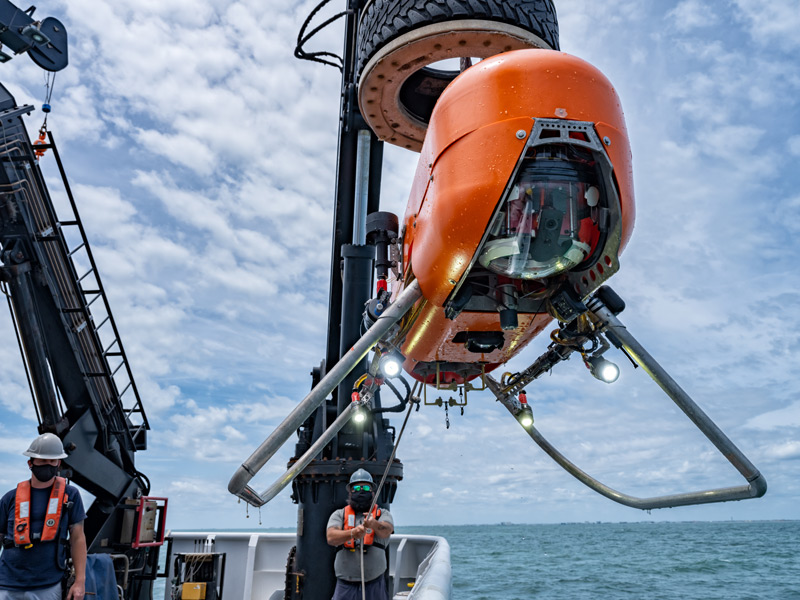
The autonomous underwater vehicle Orpheus being deployed from NOAA Ship Okeanos Explorer. This AUV’s compact shape, thrusters, mapping software, and camera allow for exploration of the hadal zone, or the deepest region of the ocean. Image courtesy of Art Howard, GFOE, 2021 Technology Demonstration. Download largest version (jpg, 14.2 MB).
While each vehicle is unique in its application, they all work to connect people with the deep-ocean realm. Click each submersible for more information about its operation.
